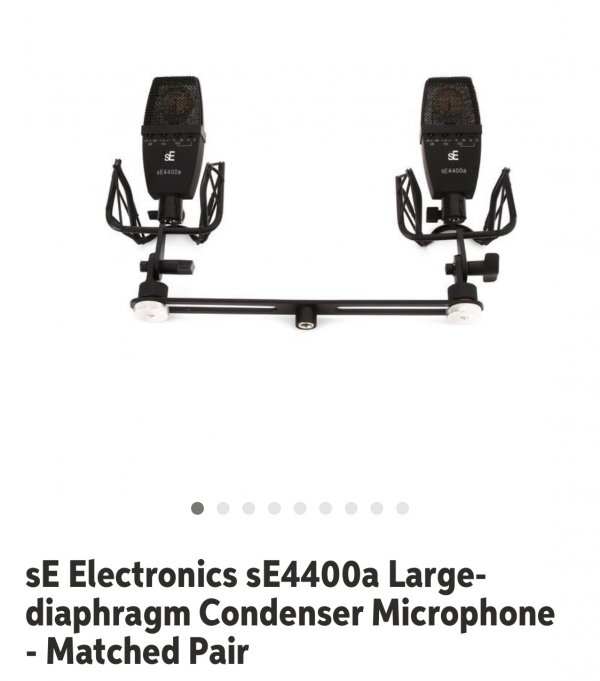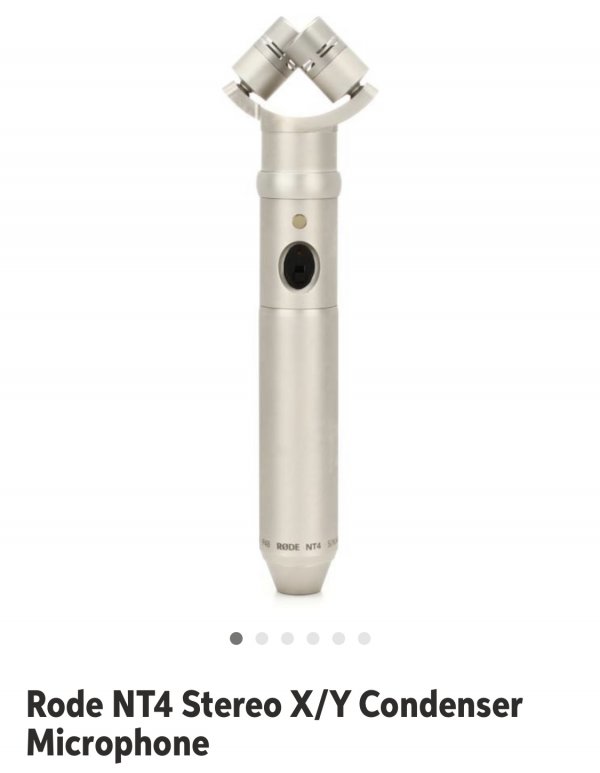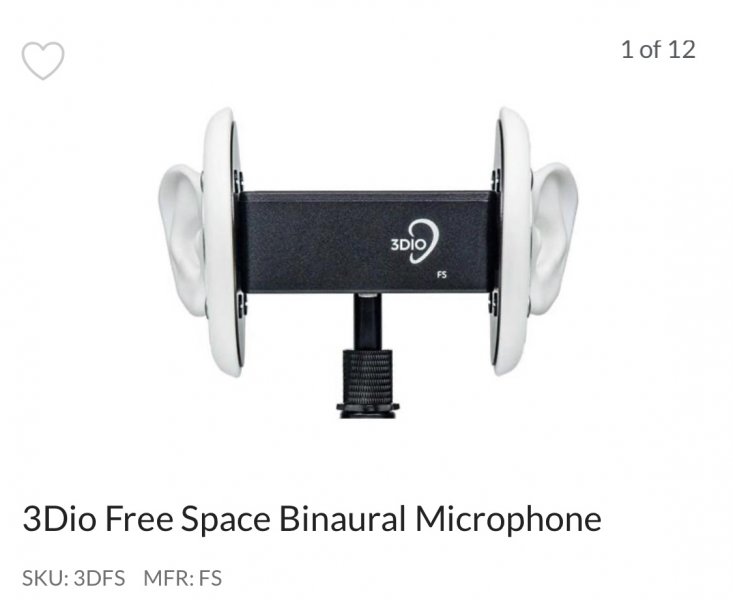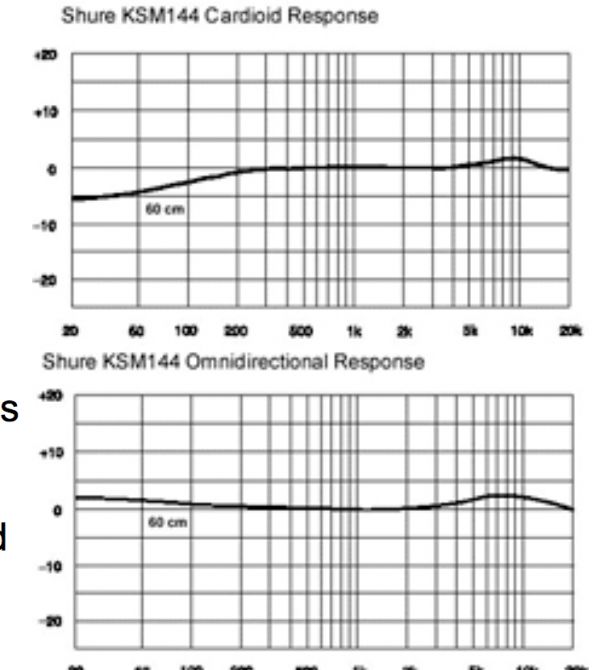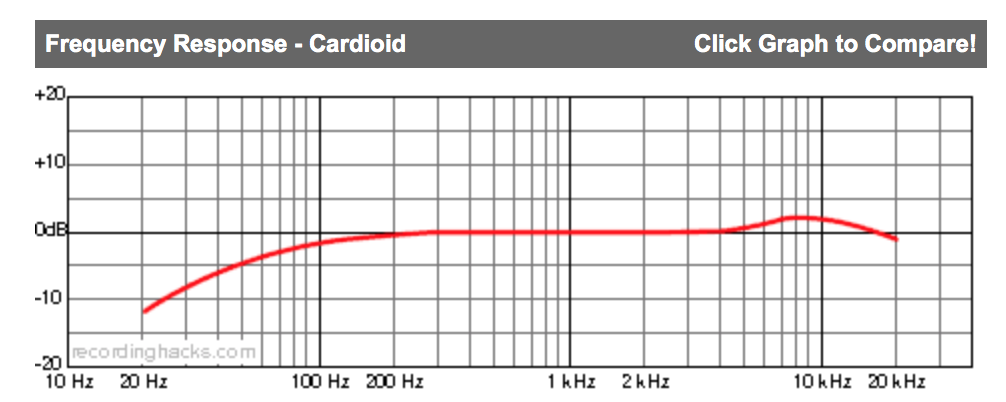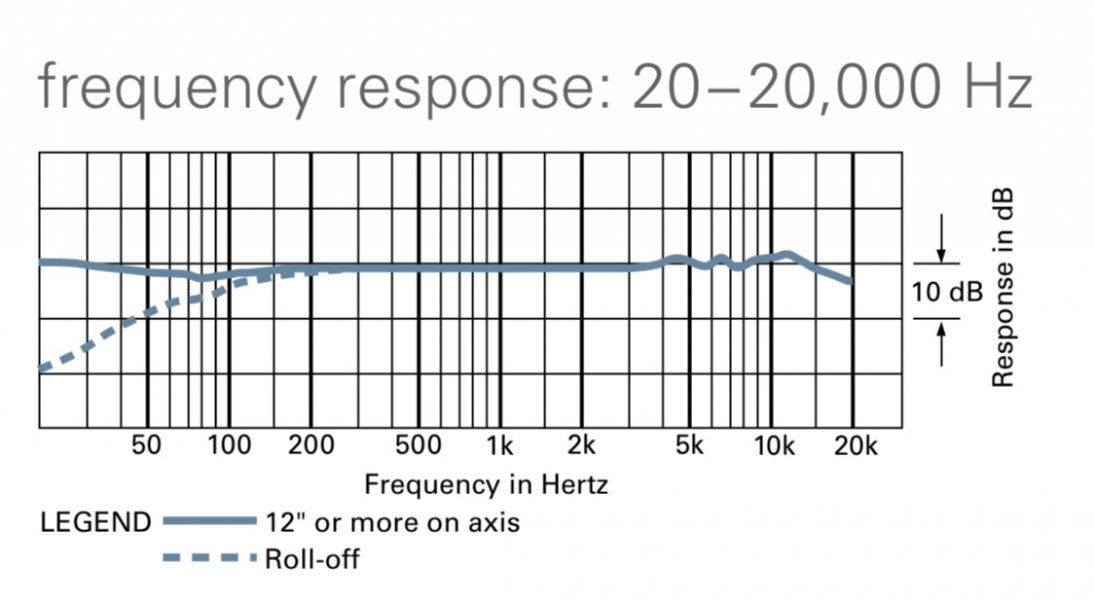Microphone Set-up for Audio System Recordings
- Thread starter Ron Resnick
- Start date
You are using an out of date browser. It may not display this or other websites correctly.
You should upgrade or use an alternative browser.
You should upgrade or use an alternative browser.
I am concerned that a single stereo mic won't have the separation analogous to the space between our ears.
The TASCAM DR-100mkiii has good quality condenser mics built in but can also take external condenser mics if you want to upgrade.I don't understand. Which microphone are you talking about now?
Get a Royer SF-24 or 24V stereo ribbon microphone. Probably the best classical recording I own was made with one.
I would seriously explore this, since you can configure it in ORTF as well, which is very frequently used for small music ensembles
Last edited:
Get a Royer SF-24 or 24V stereo ribbon microphone. Probably the best classical recording I own was made with one.
Thank you, Brad.
But what would you suggest that is not US$4300 and US$5800?
What would you suggest in the under US$1,000 range?
Hi Ron:
This is one of many Reviews and how to use the Shure MV 88+ Mic.
Thank you! I watched the video.
But if I insist on a microphone which outputs an analog signal would you have a suggestion?
A pair of Neumann KM184s is $1500.Thank you, Brad.
But what would you suggest that is not US$4300 and US$5800?
What would you suggest in the under US$1,000 range?
Audiotechnica AT4050st is probably very nice as well.
A pair of Neumann KM184s is $1500.
Audiotechnica AT4050st is probably very nice as well.
That is helpful, Brad. Thank you! I have been looking at a pair of KM184s versus a pair of Shure KSM141s.
I was looking at side-firing large diaphragm condenser mics (Shure KSM32, AT C214 and AT C314). But, from what I read, they seem to tend to be used more for vocals, often for a little bit of warmth or midrange punch, whereas the small diaphragm condenser mics appear, in general, to be more linear in frequency response and with slightly faster transient response. So that is why I began looking at KM184 and KSM141.
I have been leaning towards the KSM141 because it can switch between cardioid and omni-directional modes. I just don't know which radiation pattern in my proposed microphone configuration would more closely replicate the radiation hearing pattern of the human ear.
Are you familiar with how those two mics compare by any chance?
Do you think it is valuable to have the omni-directional radiation option on the microphones?
Do you feel a single stereo mic like AT 4050ST is the way to go for this particular purpose, rather than two KM184s or two KSM141?
In the two mic configuration how far apart do you think the microphones should be on a dual mic rail?
I believe the Shure does output analog.Thank you! I watched the video.
But if I insist on a microphone which outputs an analog signal would you have a suggestion?
They both seem to roll off a bit more than I would like in the bass...better for instruments but not , perhaps capturing full range stereos. I have heard but not owned Neumanns and they are very good for capturing string instruments and the like. Have a look at the response for the Audio Technica
This microphone research project is making me realize that frequency nonlinearities start way before we get the record we are looking at in our hands!
These are expensive, professional microphones. These microphones have lumpier frequency response charts than some of our loudspeakers!
These are expensive, professional microphones. These microphones have lumpier frequency response charts than some of our loudspeakers!
Last edited:
They both seem to roll off a bit more than I would like in the bass...better for instruments but not , perhaps capturing full range stereos. I have heard but not owned Neumanns and they are very good for capturing string instruments and the like. Have a look at the response for the Audio Technica
The equivalent small diaphragm condenser mic from Audio Technica appears to be the 4051.
I think I have dropped the plan for large diaphragm microphones on the ground that small diaphragm microphones appear to be more linear in frequency response and faster in transient response.
Here is the binaural head option:
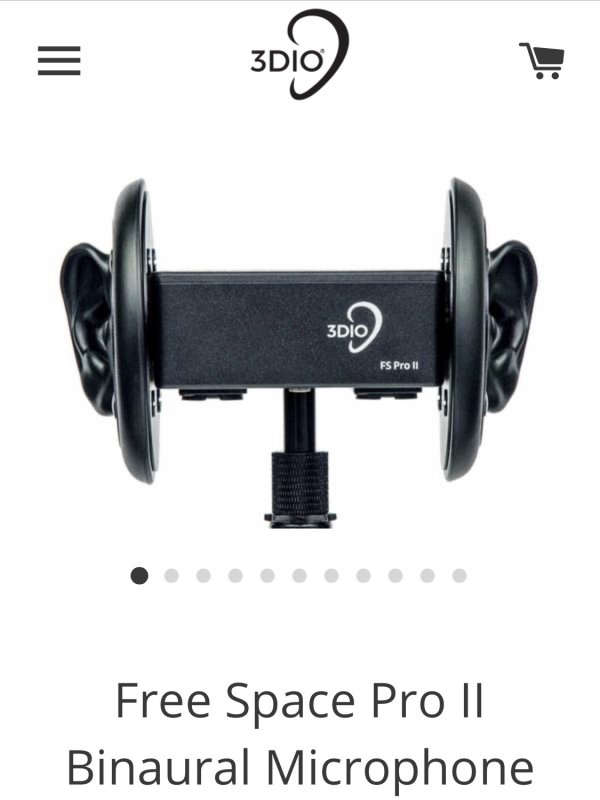
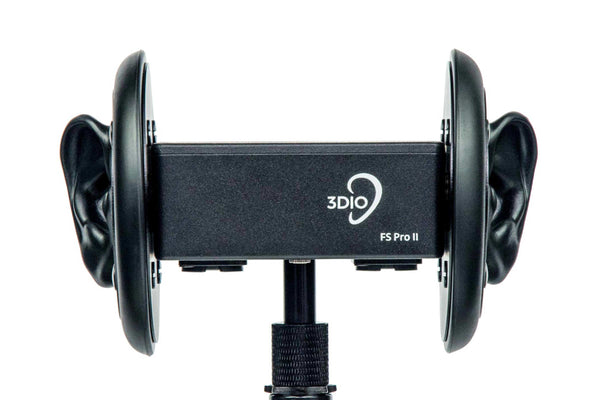
 3diosound.com
3diosound.com
But I wonder what is the inherent sound quality and linearity of the microphone capsule elements embedded in each ear versus these professional small diaphragm condenser mics?
And I could always place some puffy absorbent blob between the mono mics on the stereo bar to simulate an absorbent head.


Free Space Pro II Binaural Microphone
The Free Space Pro II Binaural Microphone is the most affordable, professional binaural microphone on the market. The FS Pro II is a stereo binaural microphone that provides an incredibly immersive 3D soundscape, perfect for professional recording applications, such as VR, Music, Sound Design...
But I wonder what is the inherent sound quality and linearity of the microphone capsule elements embedded in each ear versus these professional small diaphragm condenser mics?
And I could always place some puffy absorbent blob between the mono mics on the stereo bar to simulate an absorbent head.
Similar threads
- Replies
- 8
- Views
- 628
- Replies
- 15
- Views
- 1K
- Replies
- 111
- Views
- 9K
- Replies
- 0
- Views
- 1K
| Steve Williams Site Founder | Site Owner | Administrator | Ron Resnick Site Owner | Administrator | Julian (The Fixer) Website Build | Marketing Managersing |















